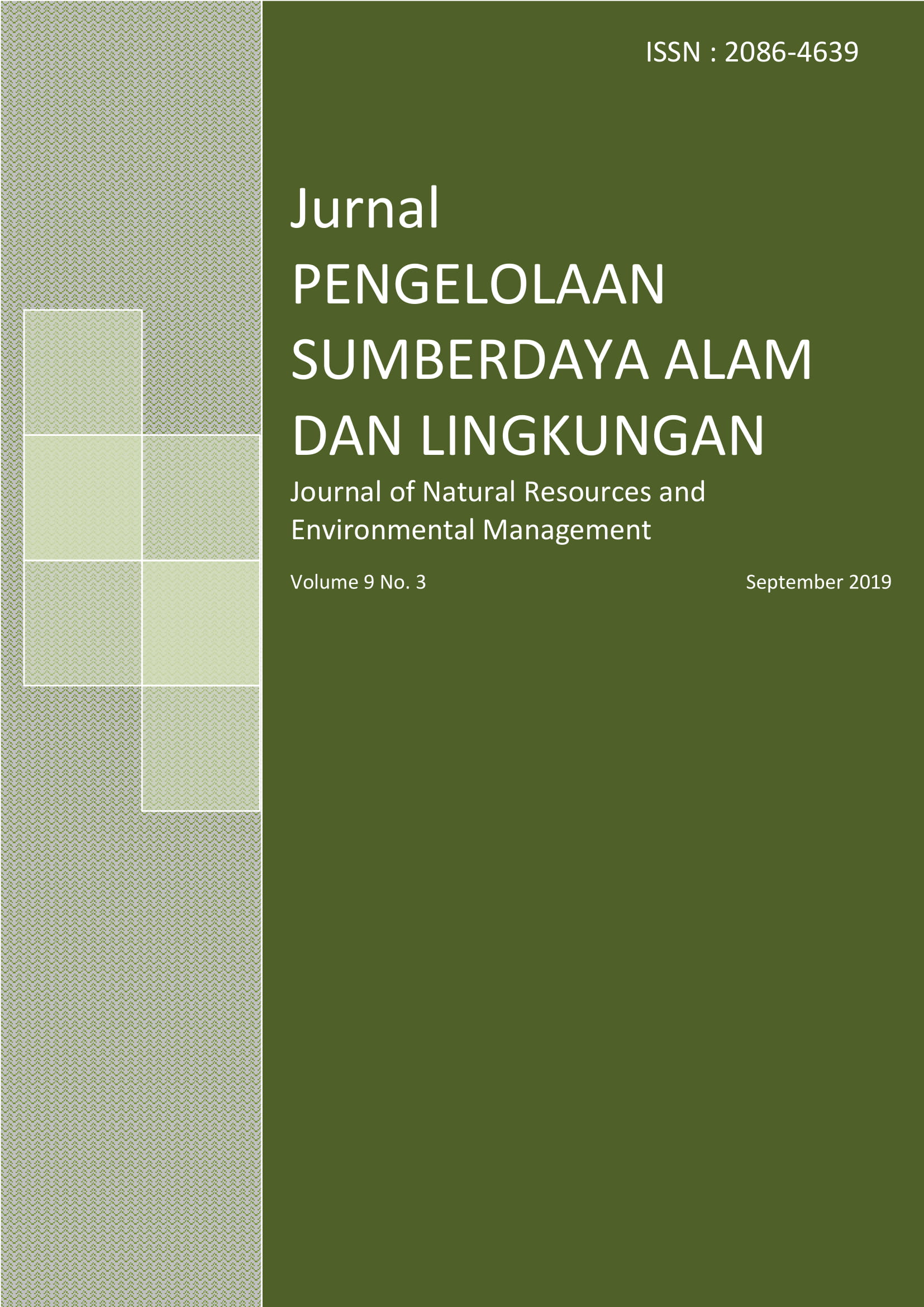Pemantauan Kinerja Sistem Manajemen Kesehatan Keselamatan Kerja Lindung Lingkungan berdasarkan ISO 45001, 14001 dan 9001 di KSO CESL
Abstract
References
[ISO] International Standar 45001. 2018. Occupational Health and Safety Management System. Ed ke-1. Geneva: BSI Standards Limited 2018.
[OGP] International Association of Oil and Gas Producers. 2013. Safety Data Reporting Users’ Guide, 2013 Data. London: OGP.
[TIPKM] Tim Independen Pengendalian Keselamatan Migas. 2017. Atlas Keselamatan Migas Edisi Tahun 2017. Volume ke-2. Jakarta: Direktorat Jendral Minyak dan Gas Bumi.
Allington M, 2016. Learn to write DAX. Merritt Island: Holly Macro! Books.
Arnold K, Maurice S. 1999. Surface Production Operation. Ed ke-2. Woburn: Butterworth-Heinemann.
Budiarto G, Fredian Y, Nimmi Z. 2018. Strategi Sinkronisasi Implementasi Sistem Penjaminan Mutu Internal (SPMI) dengan ISO 9001 Program Sarjana IPB. Jurnal Aplikasi Manajemen dan Bisnis. 4(2). http://dx.doi.org/10.17358/jabm.4.2.202.
Goetsch DL. 2011. Occupational Safety and Health: Ed ke-7. New Jersey: Pearson Education, Inc.
Haight JM. 2016. Handbook of Loss Prevention Engineering. Weinheim: Wiley-VCH Verlag GmbH & Co.
Hughes P, Ed F. 2009. Introduction to Health and Safety at Work: Ed ke-4. Burlington: Elsevier Butterworth-Heinemann.
Karla MPC, Flavio P, Gladis C, Edna MQOC. 2015. Benefits in the Implementation of Safety, Health, Environmental and Quality Integrated System. IACSIT. 7(4): 333-338. doi: 10.7763/IJET.2015.V7.814.
Puls K, Miguel E. 2016. M is for (Data) Monkey. Merritt Island: Holly Macro Books.
Purwanto AHD, Budi S, Ujang S, Heny KD. 2014. Implementing Health Safety Environment (HSE) Process Management to Improve HSE Performance, Competitive Advantage and Financial Performance. Jurnal Manajemen Teknologi. 13(1): 64-65. http://dx.doi.org/10.12695/jmt.2014.13.1.5.
Rubiandini R. 2012. Teknik Operasi Pemboran: Volume ke-1. Bandung: Penerbit ITB.
Authors
Authors who publish with this journal agree to the following terms:
- Authors retain copyright and grant the journal right of first publication with the work simultaneously licensed under a Creative Commons Attribution License that allows others to share the work with an acknowledgement of the work's authorship and initial publication in this journal.
- Authors are able to enter into separate, additional contractual arrangements for the non-exclusive distribution of the journal's published version of the work (e.g., post it to an institutional repository or publish it in a book), with an acknowledgement of its initial publication in this journal.
- Authors are permitted and encouraged to post their work online (e.g., in institutional repositories or on their website) prior to and during the submission process, as it can lead to productive exchanges, as well as earlier and greater citation of published work (See The Effect of Open Access).
Article Details
10.47679/makein.2023171






